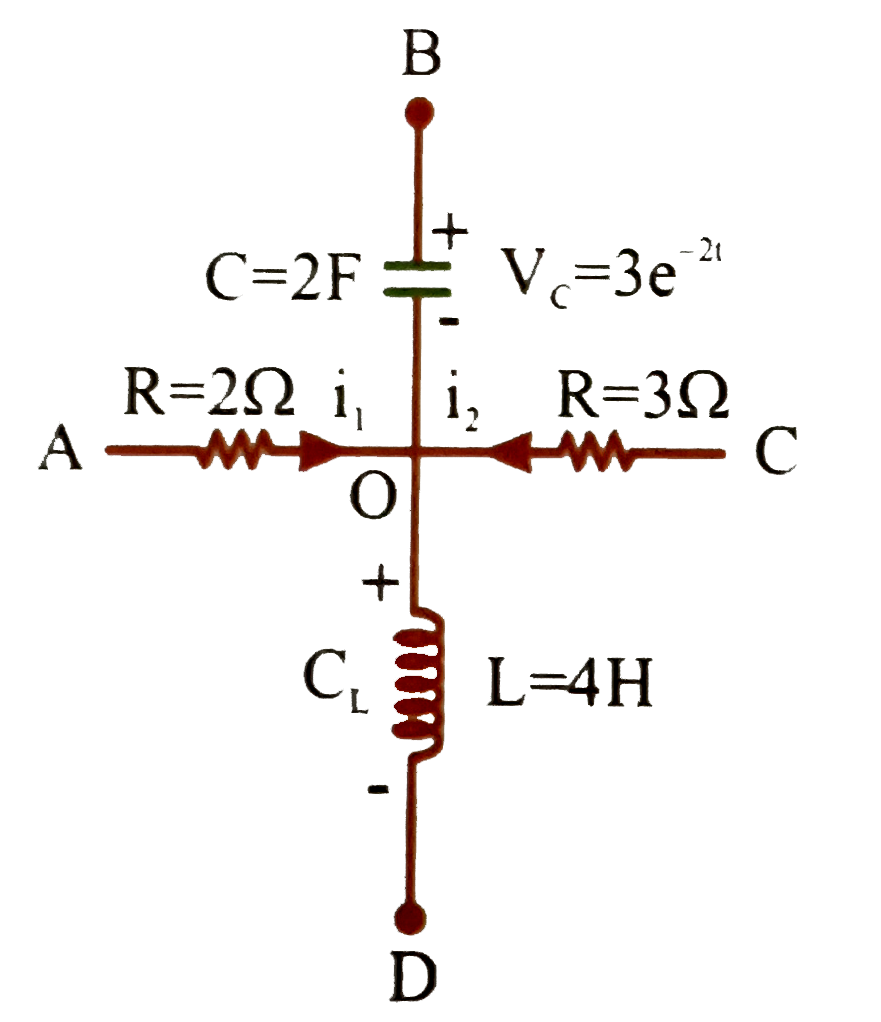Find MPC, MPS, APC and APS , if the expenditure Ec of a person with income I is given as Ec=(0.0003)I2+(0.075)I, when I = 1000
To find the Marginal Propensity to Consume (MPC), Marginal Propensity to Save (MPS), Average Propensity to Consume (APC), and Average Propensity to Save (APS) from the given expenditure function Ec=0.0003I2+0.075I when income I=1000, we will follow these steps:
Step 1: Find MPC
The Marginal Propensity to Consume (MPC) is calculated as the derivative of the expenditure function Ec with respect to income I.
MPC=dEcdI
Given:
Ec=0.0003I2+0.075I
Taking the derivative:
dEcdI=0.0003⋅2I+0.075=0.0006I+0.075
Now, substituting I=1000:
MPC=0.0006(1000)+0.075=0.6+0.075=0.675
Step 2: Find MPS
The Marginal Propensity to Save (MPS) is related to MPC by the equation:
MPS=1−MPC
Substituting the value of MPC:
MPS=1−0.675=0.325
Step 3: Find APC
The Average Propensity to Consume (APC) is calculated as the total expenditure divided by income:
APC=EcI
Substituting I=1000 into the expenditure function:
Ec=0.0003(10002)+0.075(1000)=0.0003(1000000)+75=300+75=375
Now, calculating APC:
APC=3751000=0.375
Step 4: Find APS
The Average Propensity to Save (APS) is related to APC by the equation:
APS=1−APC
Substituting the value of APC:
APS=1−0.375=0.625
Summary of Results
- MPC = 0.675
- MPS = 0.325
- APC = 0.375
- APS = 0.625
The Marginal Propensity to Consume (MPC) is calculated as the derivative of the expenditure function Ec with respect to income I.
The Marginal Propensity to Save (MPS) is related to MPC by the equation:
The Average Propensity to Consume (APC) is calculated as the total expenditure divided by income:
The Average Propensity to Save (APS) is related to APC by the equation:
- MPC = 0.675
- MPS = 0.325
- APC = 0.375
- APS = 0.625
Topper's Solved these Questions
- QUESTION BANK 2021BOOK - NAVNEET PUBLICATION - MAHARASHTRA BOARDCHAPTER - QUESTION BANK 2021EXERCISE - PART-1 (APPLICATIONS OF DERIVATIVE) (Activity (4 Marks))
4 Videos
- QUESTION BANK 2021BOOK - NAVNEET PUBLICATION - MAHARASHTRA BOARDCHAPTER - QUESTION BANK 2021EXERCISE - PART-1 INTEGRATION CHOOSE THE CORRECT ANSWER
10 Videos
- QUESTION BANK 2021BOOK - NAVNEET PUBLICATION - MAHARASHTRA BOARDCHAPTER - QUESTION BANK 2021EXERCISE - PART-1 (APPLICATIONS OF DERIVATIVE) (State whether each of the following is True or False)
6 Videos
- PROBABILITY DISTRIBUTIONBOOK - NAVNEET PUBLICATION - MAHARASHTRA BOARDCHAPTER - PROBABILITY DISTRIBUTIONEXERCISE - MULTIPLE CHOICE QUESTIONS
9 Videos
- THREE DIMENSIONAL GEOMETRY BOOK - NAVNEET PUBLICATION - MAHARASHTRA BOARDCHAPTER - THREE DIMENSIONAL GEOMETRY EXERCISE - MULTIPLE CHOICE QUESTIONS
8 Videos
Similar Questions
Knowledge Check
In figure i1=10e−2tA,i2=4A,vC=3e−2tV

The current iL isA[2−2(1−e−2t)]AB[2+2(1−e−2t)]AC[3−2(1−e−2t)]AD[2+3(1−e−2t)]A
If A2−A+I=0 then the inverse of A is -
(a) I-A
(b) A-I
(c) A
(d) A+I
View SolutionMonochromatic light of wavelength 5000 Å is used in Y.D.S.E., with slit-width, d = 1mm, distance between screen and slits, D = 1m. If intensity at the two slits are I1=4I0,I2=I0, find
Distance of the 1000th maxima
View Solution(i) The disposable income (Y) is ₹ 1200 crores and consumption expenditure ( C) is ₹ 800 crores. Calculate the APC.
If saving is ₹ 500, out of an income of ₹ 5,000, how much is the APS ?
(iii) If disposable income is ₹ 1,000 and consumption expenditure is ₹ 750, find out average propensity to save.
(iv) If income is ₹ 100, calculate APC.
(v) When incomes rises from ₹ 1,000 to ₹ 1,100, saving rise by ₹ 30. Find out MPS and MPC.
View SolutionIf A2−A+I=0, then the inverse of A is: (A) A+I (B) A (C) A−I (D) I−A
View SolutionCalculate the value of multiplier, if MPC is (i) 0.60, (ii) 0.50
View SolutionIf a, b, c, d, e be 5 numbers such that a, b, c are in AP, b, c, d, are in GP & c, d, e are in HP then
(i) Prove that a,c,e are in GP.
(ii) Prove that e=(2b−a)2/a.
(iii) If a=2&e=18, find all possible vlaues of b,c,d.
View SolutionFrom the following data about an economy, calculate (a) equilibrium level of national income and (b) total consumption expenditure at equilibrium level of national income.
(i) C =200 +0.5Y
(ii) Investment expenditure is 1500
View Solution
